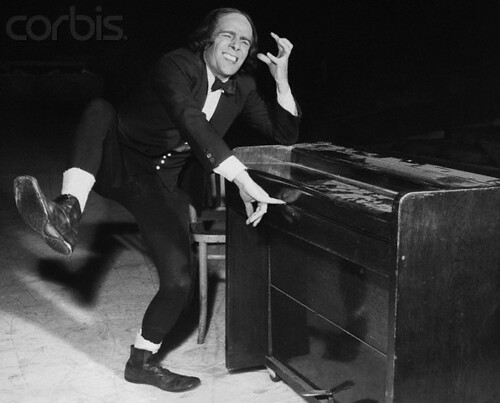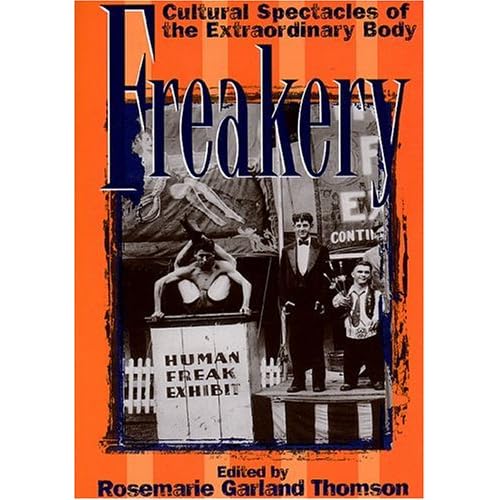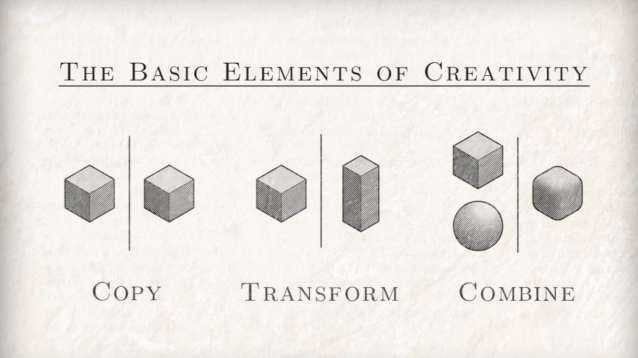It is a tough world out there. Lots of
competition. There are so many artists and not always enough jobs to go around.
In this environment it is important to be able to adapt and to constantly be
developing your acts to make sure they are fit to survive.
 |
| C R Darwin |
 |
| P T Barnum |
It is well worth making an analogy between
our art of creating Acts and the theory of Evolution. With the fundamentals of
Darwin’s theory in mind we greatly improve our understanding of the creative
process and development of an act.
Just as the Darwin's theory never aimed to explain the Origin of Life, this analogy does not deal with the Origin or Creation of Acts, only the development of them after their premiere performance. The process of Creation is different and subject of a future study.
Just as the Darwin's theory never aimed to explain the Origin of Life, this analogy does not deal with the Origin or Creation of Acts, only the development of them after their premiere performance. The process of Creation is different and subject of a future study.
To understand the benefits we must first
take a look at the what the major parts of the evolutionary process in biology
is. Evolution is the process by which organisms change over time as a result of
changes in heritable physical or behavioral traits. Changes that allow an
organism to better adapt to its environment will help it survive and have more
offspring.
The fundamental element of biological evolution is a gene whilst Acts are cultural phenomena; its elements are not genes but meme’s, (ideas, behaviours, skills). These are subject to cultural evolution which by and large follows the same rules as biology: Copy - Transform - Combine.
Premiere as Birth of an Act
After the
creative development and rehearsal (pregnancy) of an Act, the first performance will be the
birth. The Act happens and thus enters the world as an entity. No matter how great the
preparation and how long the development, the first performance is like a newborn baby. It has arrived into the world but is far from ready to take
on the harsh realities of competitive living and survival. This is why we do
pre-views, or make sure we do our first performance in an underground cabaret,
or generally, in an environment suitable for fragile infant acts.
The act happens, but has little detail; broad strokes of simple gags, poses, and ideas are strung together like pearls on a string, still not flowing like a river. The Act has yet to learn to crawl, walk, talk and ultimately discover itself, to know who it is both in relation to others (the Crowd) and to itself.
Now begins the process of maturing and development from infant idea to full blown and realized Act.
The act happens, but has little detail; broad strokes of simple gags, poses, and ideas are strung together like pearls on a string, still not flowing like a river. The Act has yet to learn to crawl, walk, talk and ultimately discover itself, to know who it is both in relation to others (the Crowd) and to itself.
Now begins the process of maturing and development from infant idea to full blown and realized Act.
Natural Selection on Acts
Strong acts are a cornerstone of any Showman's toolkit. Their improvement and development is paramount for rapidly turning them from a new idea to finished marketable product. By taking a closer look at natural selection I hope to illuminate a method for improving acts and a way for viewing mistakes in a more favorable light.
"Because art involves external forms, the testing mechanism operates also in the minds of other humans, in terms of their interest. Attention provides the selective mechanism of art. If a work of art fails to earn attention, it dies."
Natural selection is not a random process, it is guided by survival. On stage you live if the audience likes you and die if they don’t. Luckily stagecraft is more like a video game than real life. If you die it will be horrible and agonizingly embarrassing but if you're lucky you might get another chance. But in the end, if you keep dying on stage the job offers will dry up.
 The copying in natural
selection is not perfect, there will always be random elements. With
each subsequent generation the offspring carries copying errors of different magnitude and importance. This is called mutation.
The copying in natural
selection is not perfect, there will always be random elements. With
each subsequent generation the offspring carries copying errors of different magnitude and importance. This is called mutation.
Something very similar happens with acts. It doesn’t
matter how well rehearsed your act is, how well scripted, as you take the
stage unforeseen things will happen that will change your act from the idealized version in your mind. In acts we call this mistakes. The light blinds you, a heckler
puts you off, a child walks onto stage or your skills temporarily elude you, the
possibilities for error in the execution of your act are endless.
Some of these mistakes are big enough to loose your Crowd, ie. die but in amongst the bad mistakes there are serendipitous discoveries. Little changes which turns out to benefit the Act. A funny bit of improv, a line delivered in a strange way, a stumble that gets a laugh, funny moments, impressive moments, comments, groans from the crowd can all be discovered as you struggle for survival in your
stage environment.
After the show consider these. Write them down. By remembering and recreating these beneficial mutations you are making use of natural selection's heritability of favorable traits.
After the show consider these. Write them down. By remembering and recreating these beneficial mutations you are making use of natural selection's heritability of favorable traits.
Evolving novelty Acts
If you notice one extra laughter, one new positive response from the crowd with each performance, and manage to recreate it in your next show, you have a rapidly developing act. After 30 shows you have so many new moments there is little room for more new ones. Now a new selection process starts. The ante has just been upped for the survival of future mutations. Any new fortuitous discovery must not just be new, but better than the gag, groan, or wow it replaces. Because there is, of course, a time limit to how long an act could or should be. But remember to make note of any moments taken out, since you may want to add them back in later, use them in another act, or they might come in handy if you desire to turn an act into a full show.
By paying close attention to what each
generation/performance offers, you can speed up the evolution of your act and
thereby get more gigs/offspring. The stronger, more complex and perfectly
formed your act is, the better it will survive. Adaptability has gotten humankind through many a bottleneck. The more generations/performances (or perhaps seasons) your act goes
through the better equiped it will be be to deal with changing and challenging
show environments.








